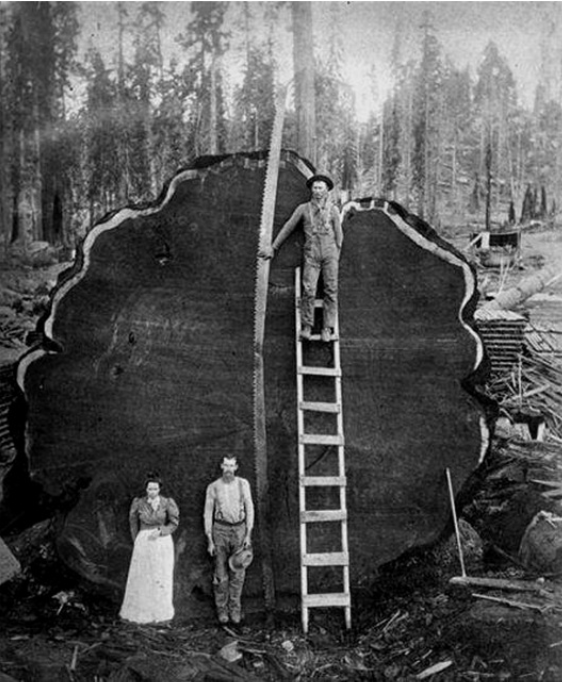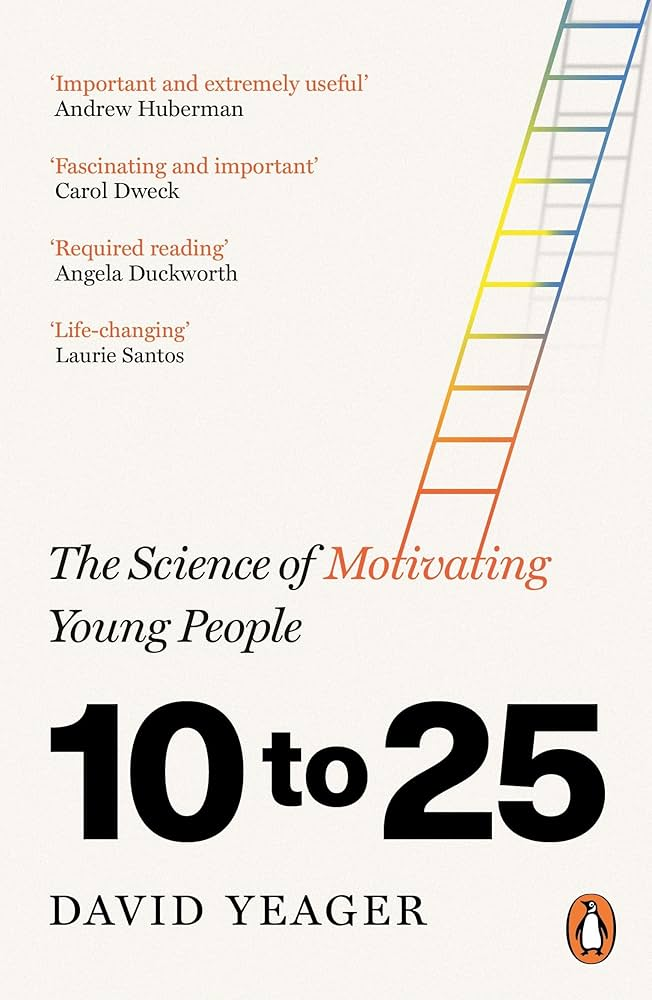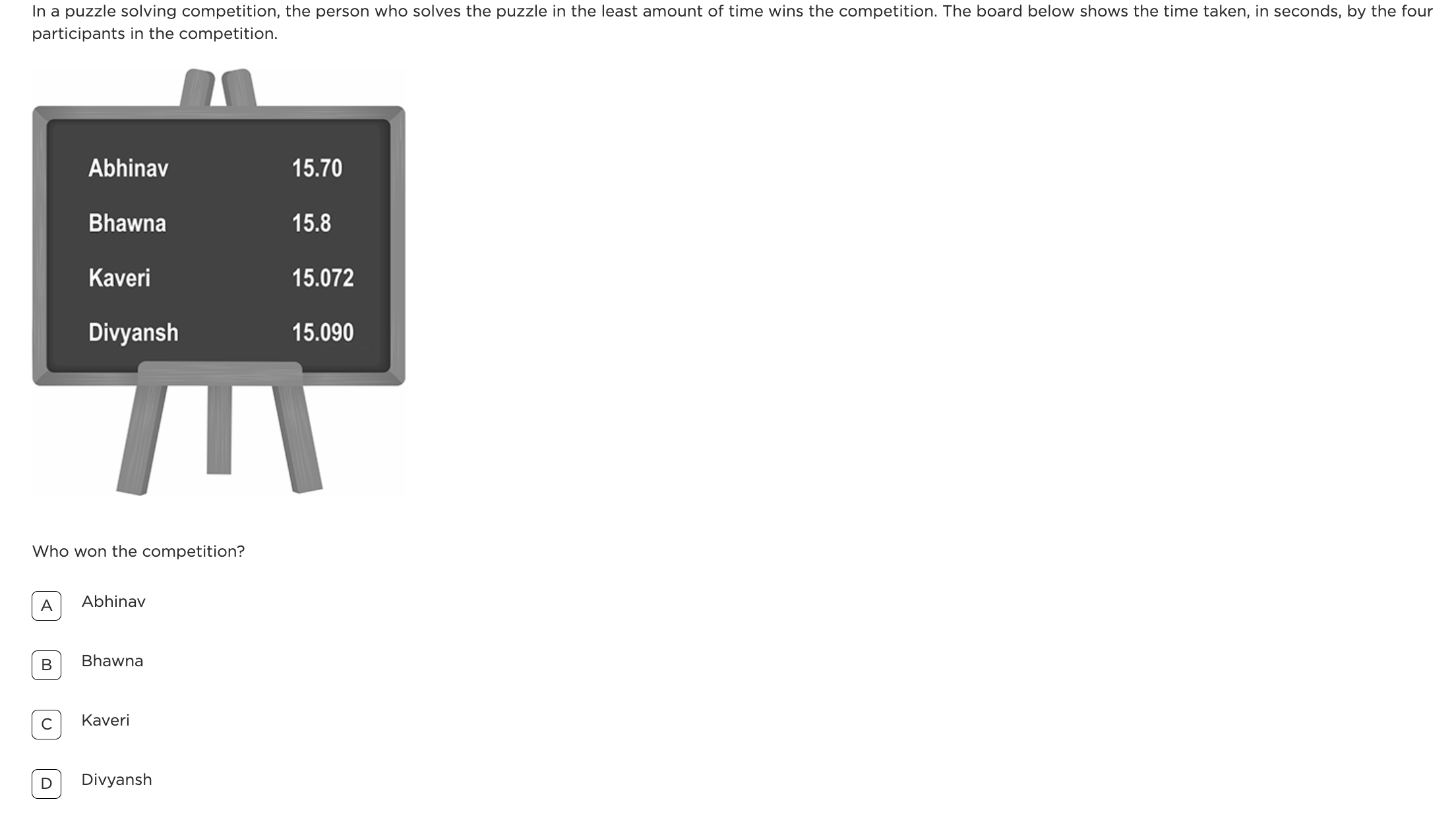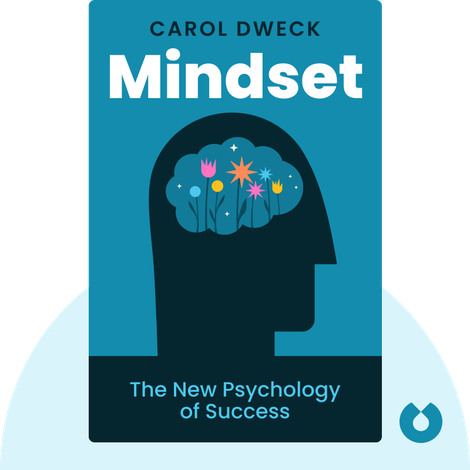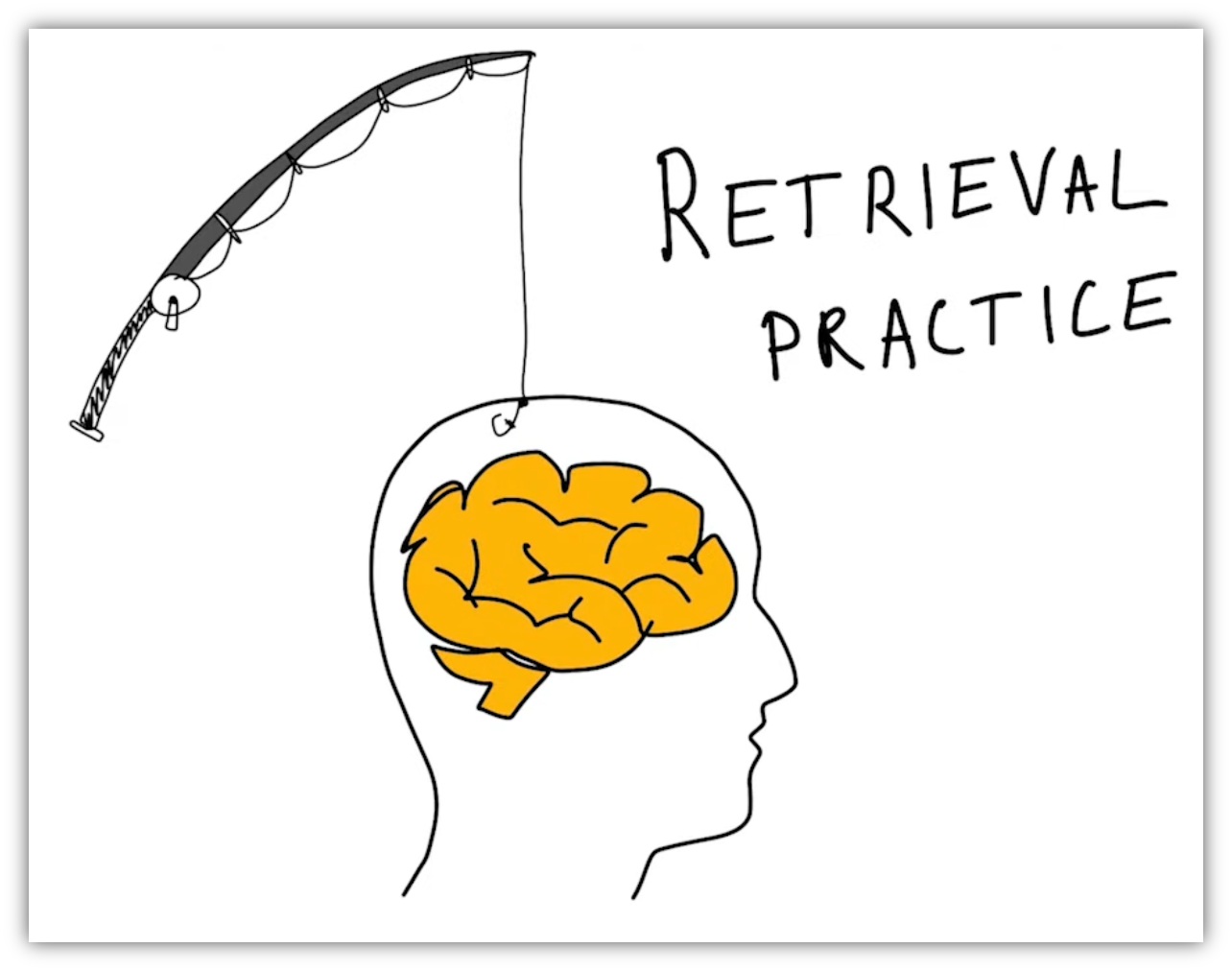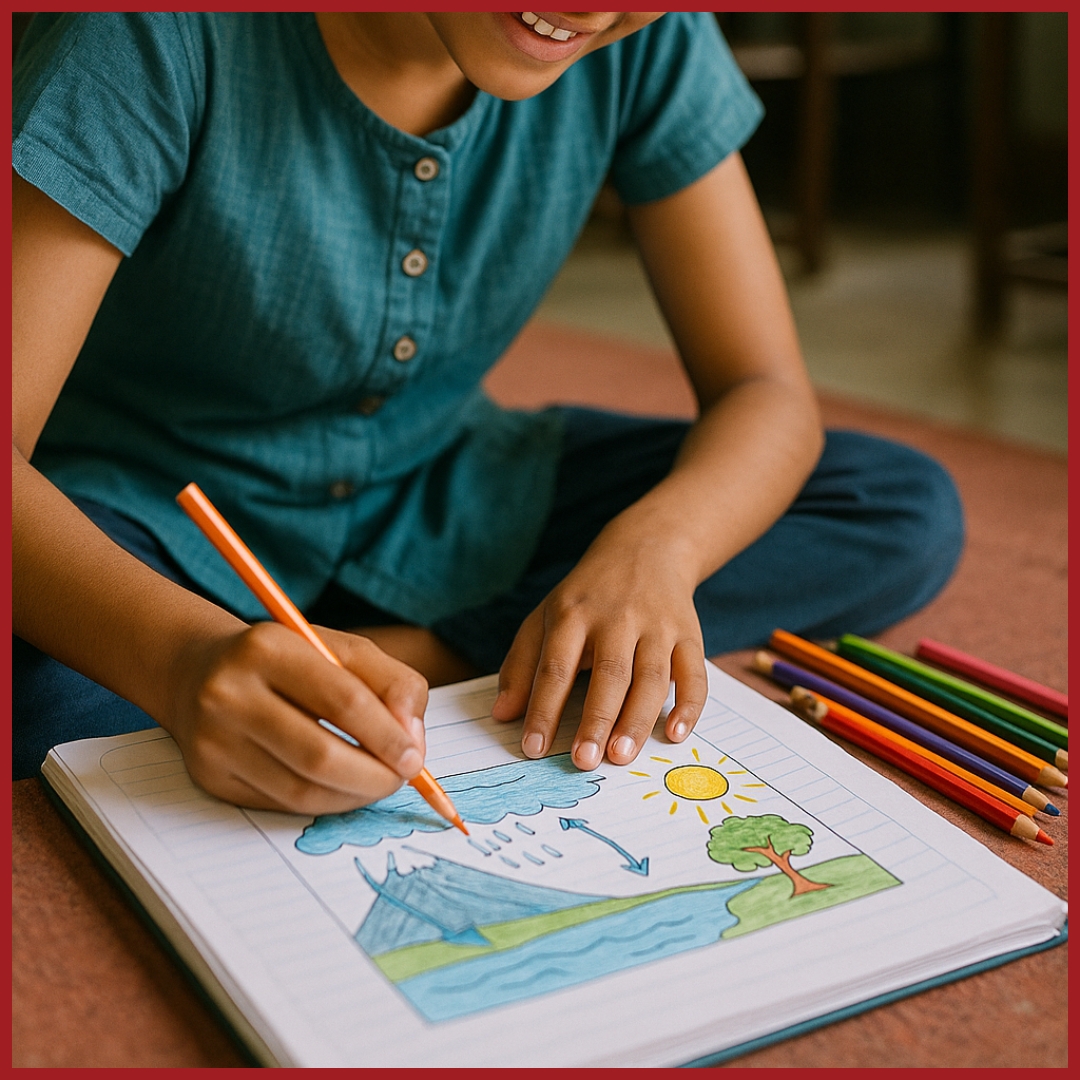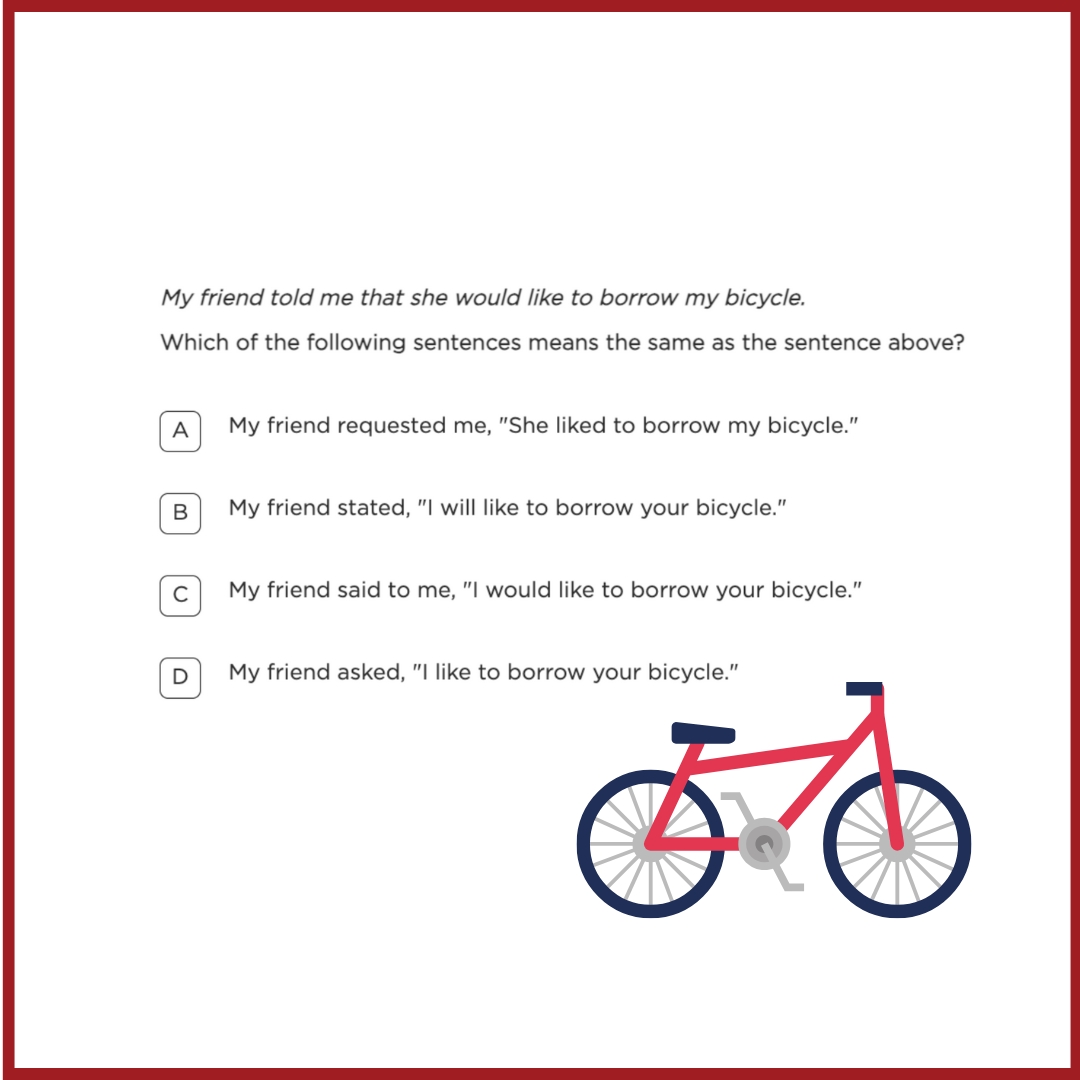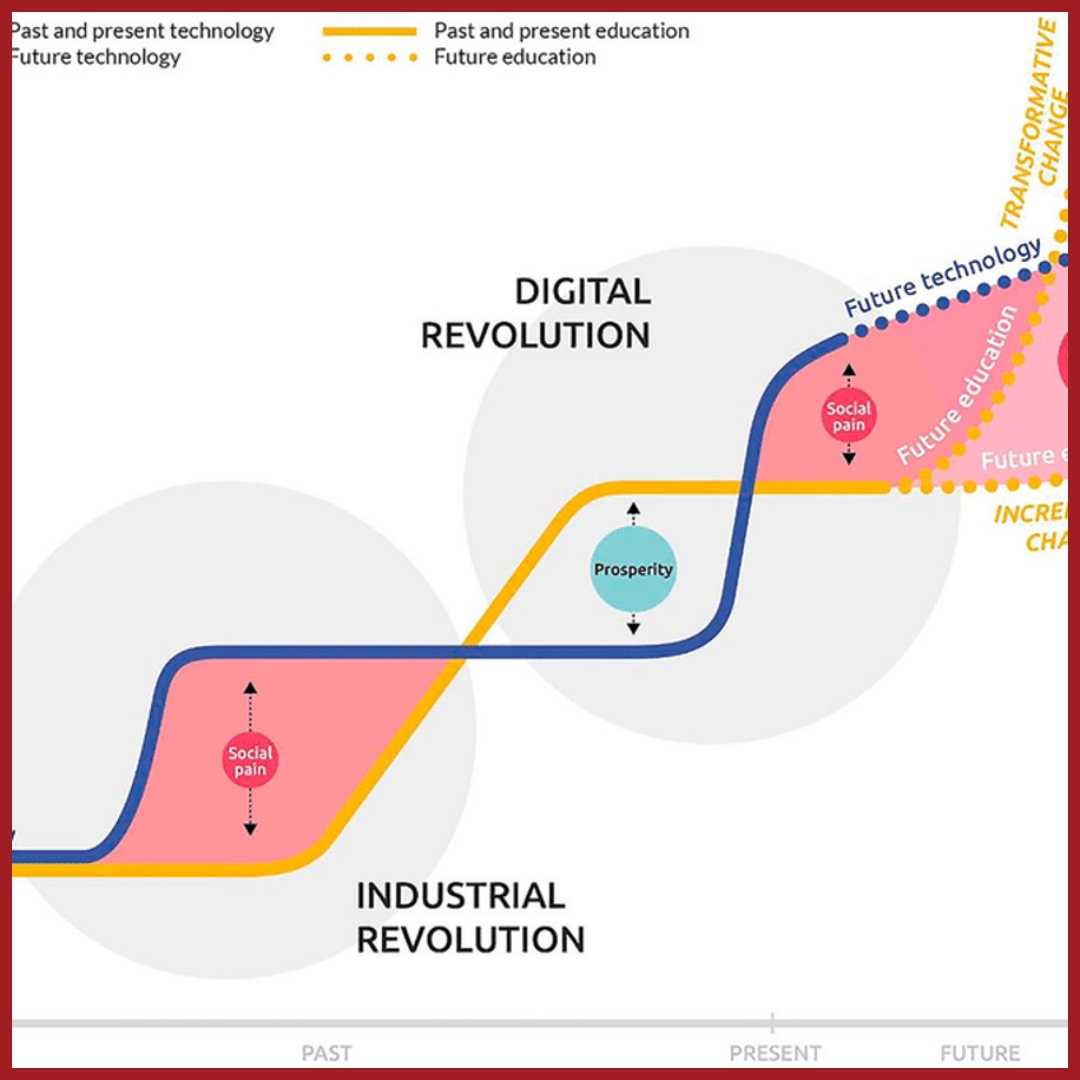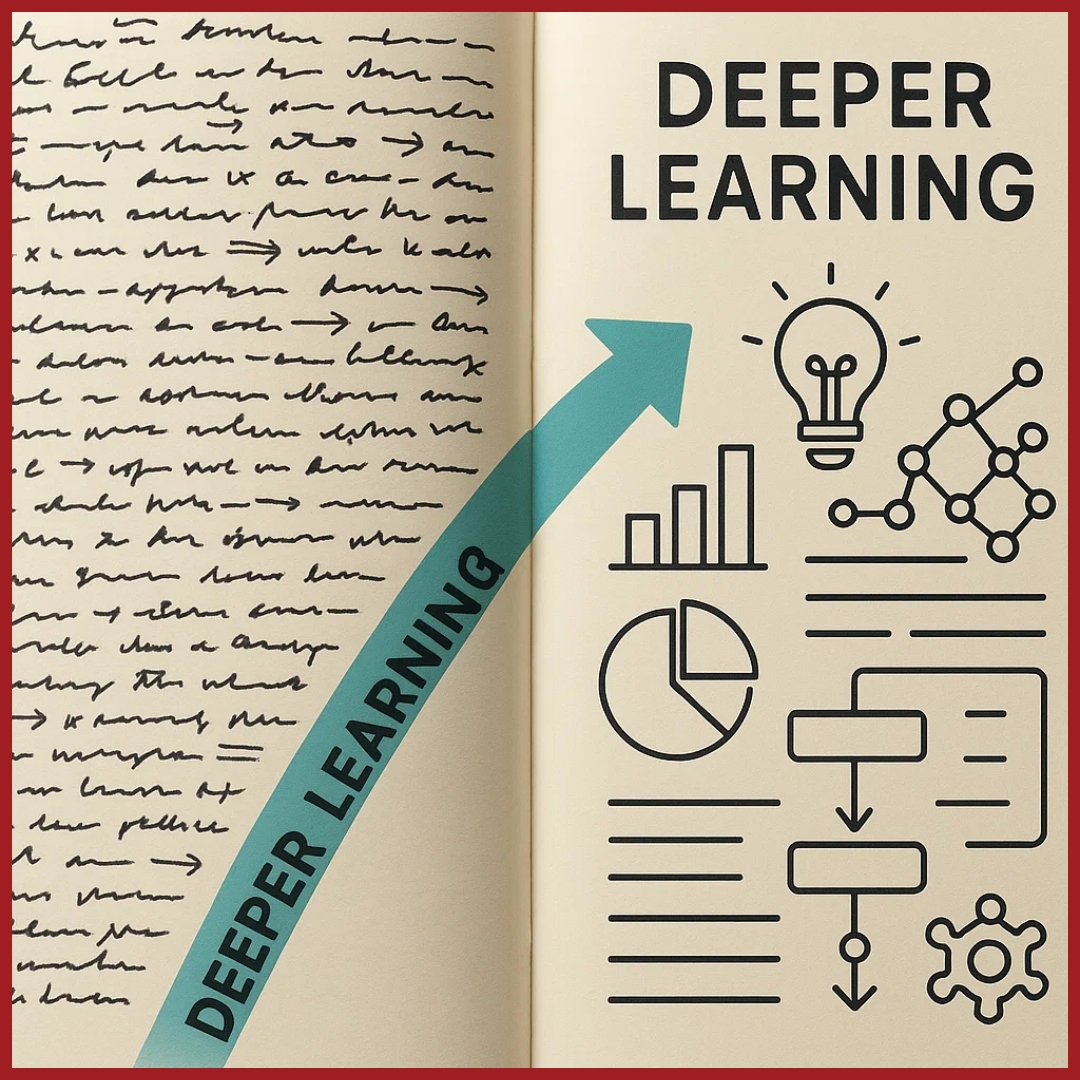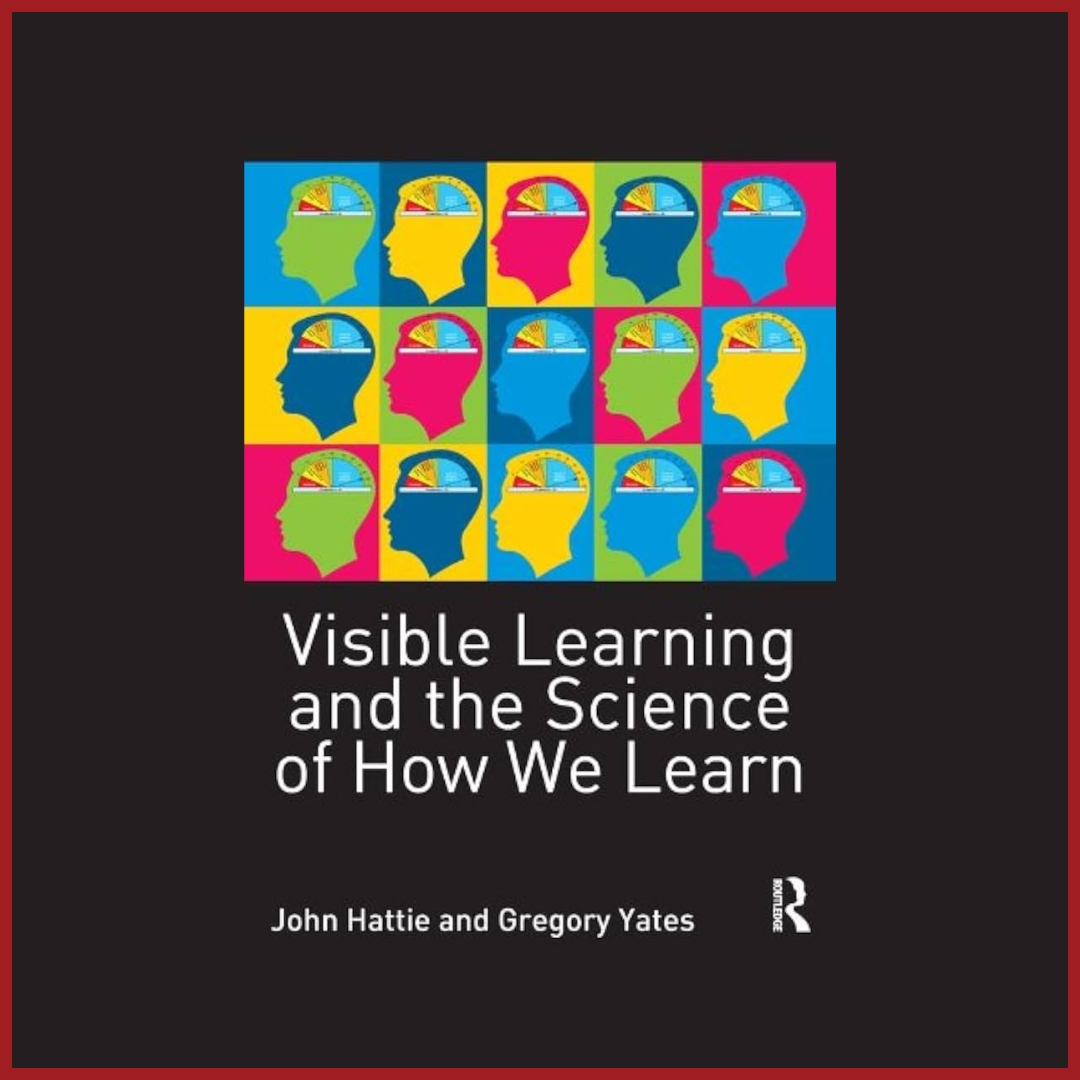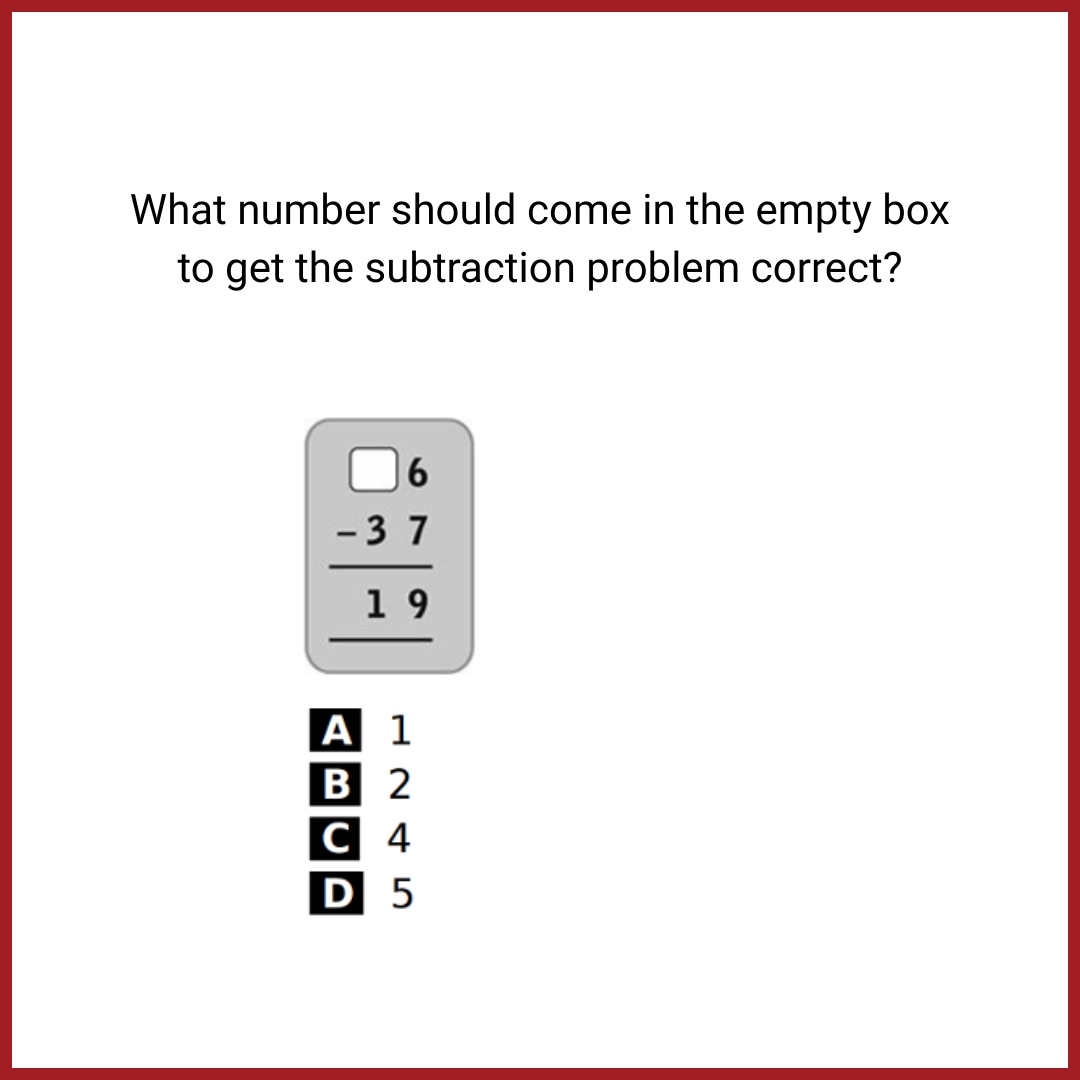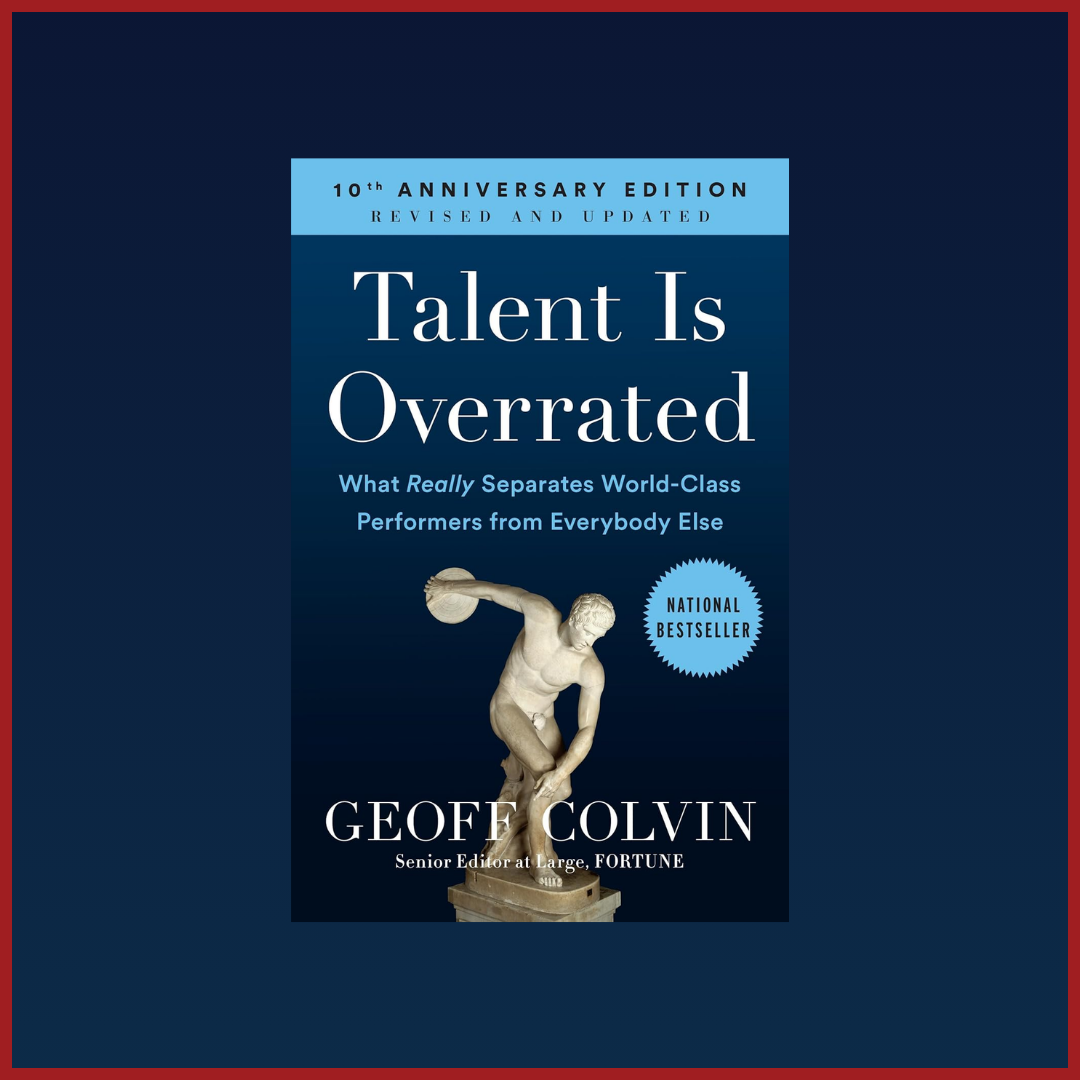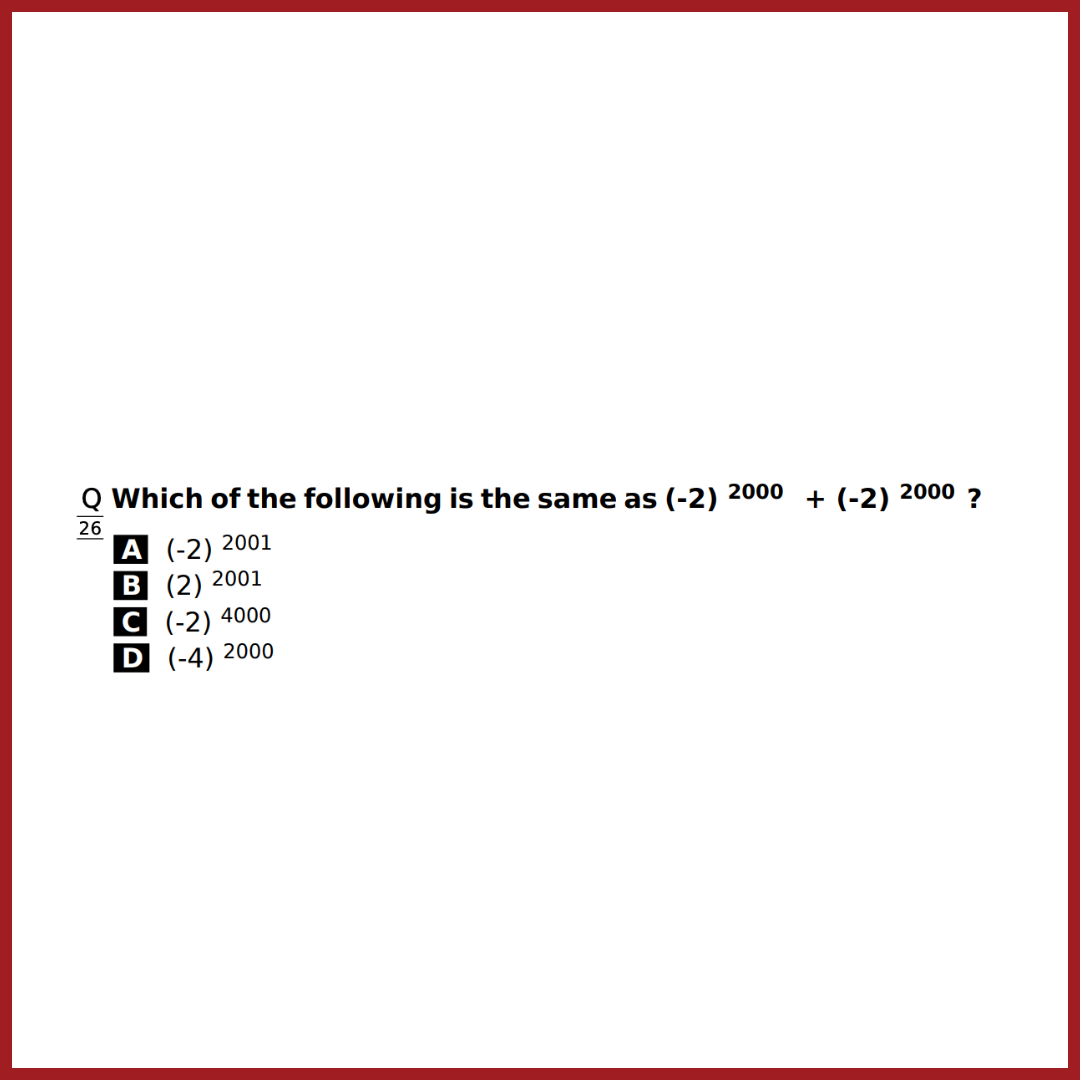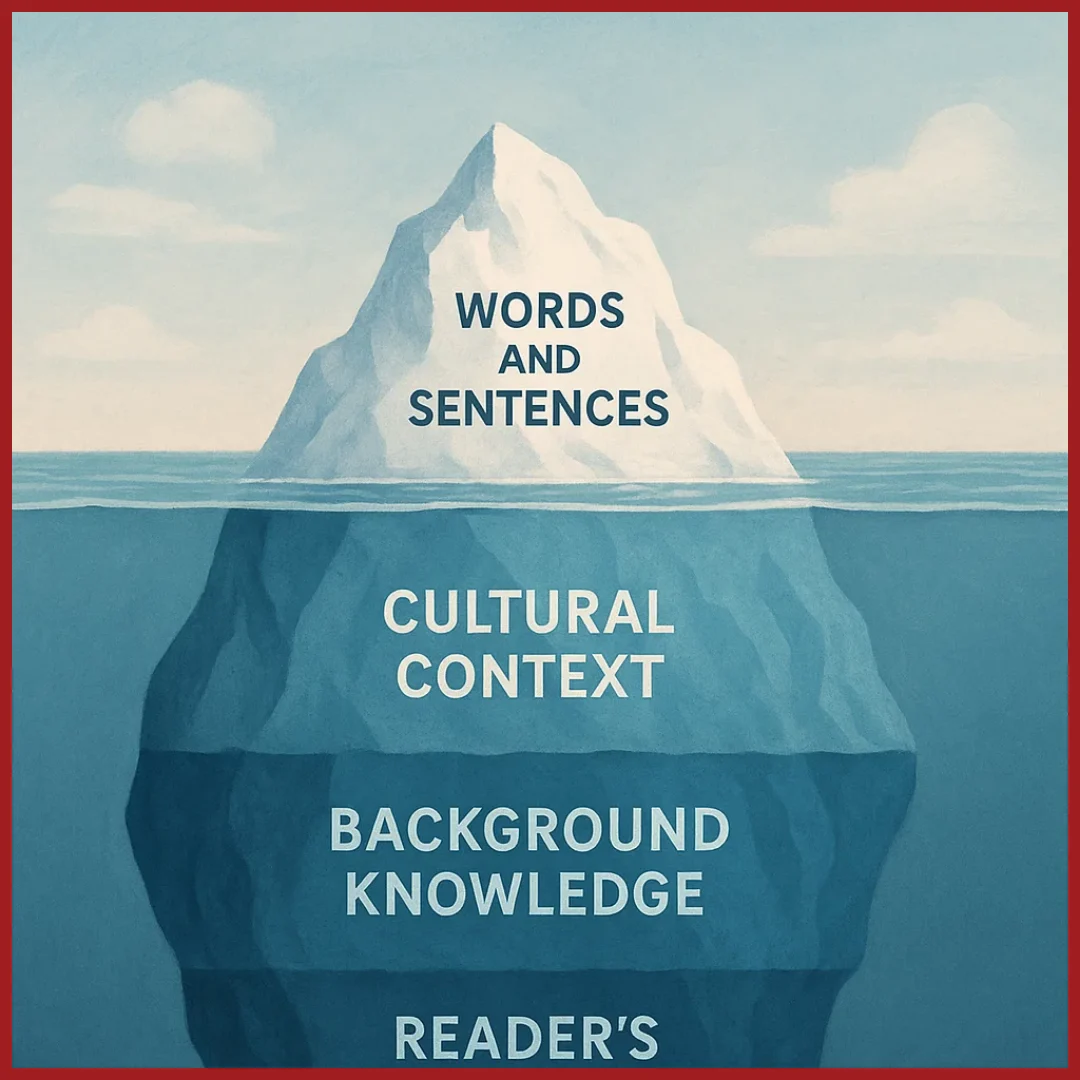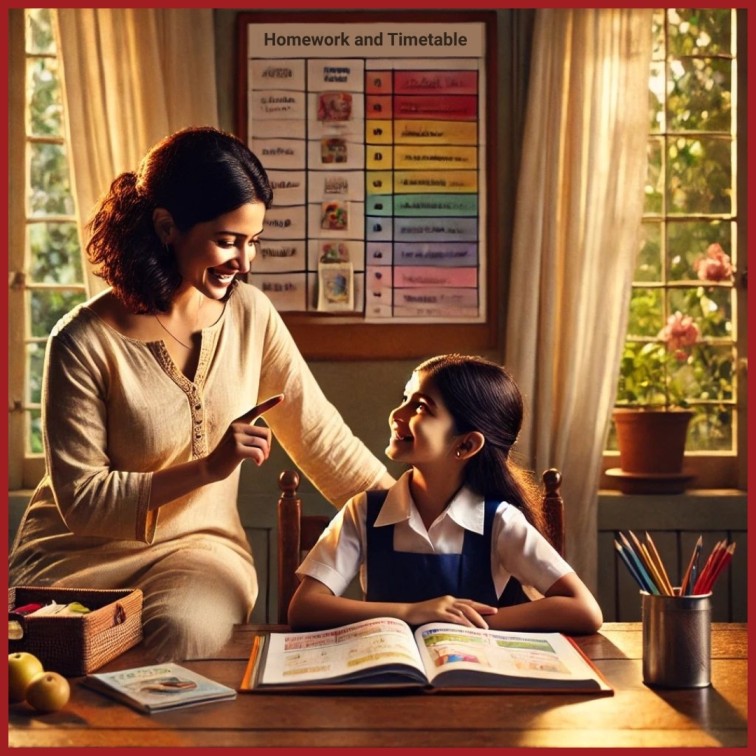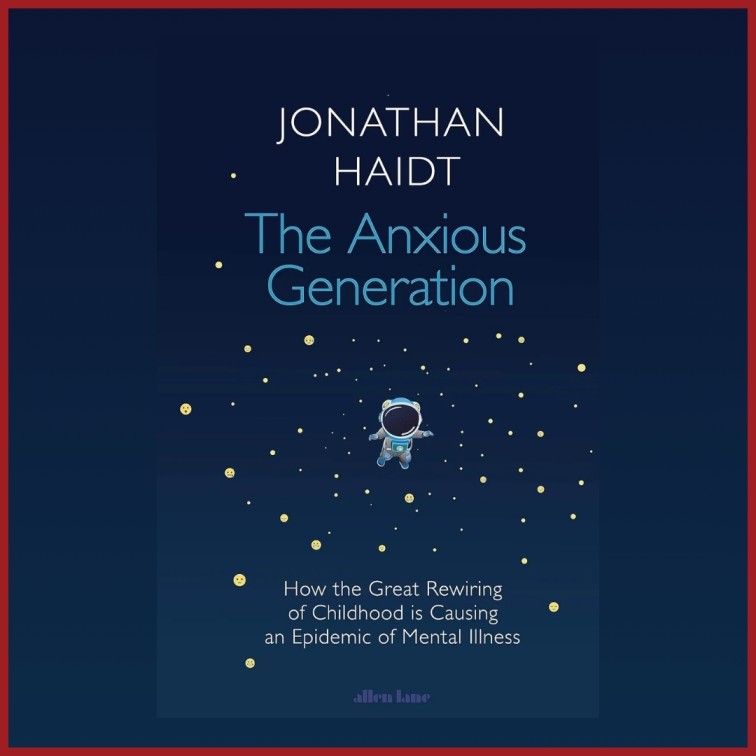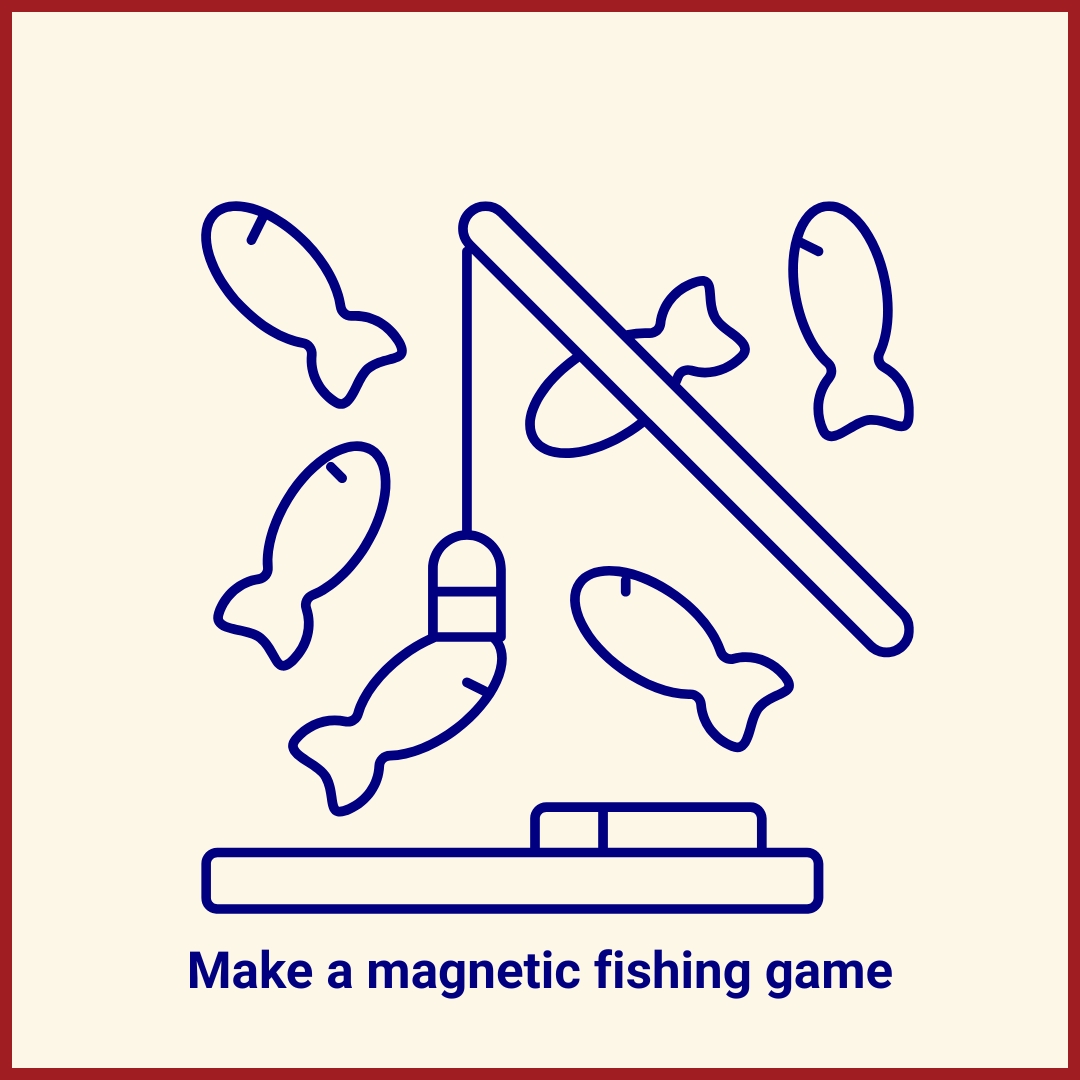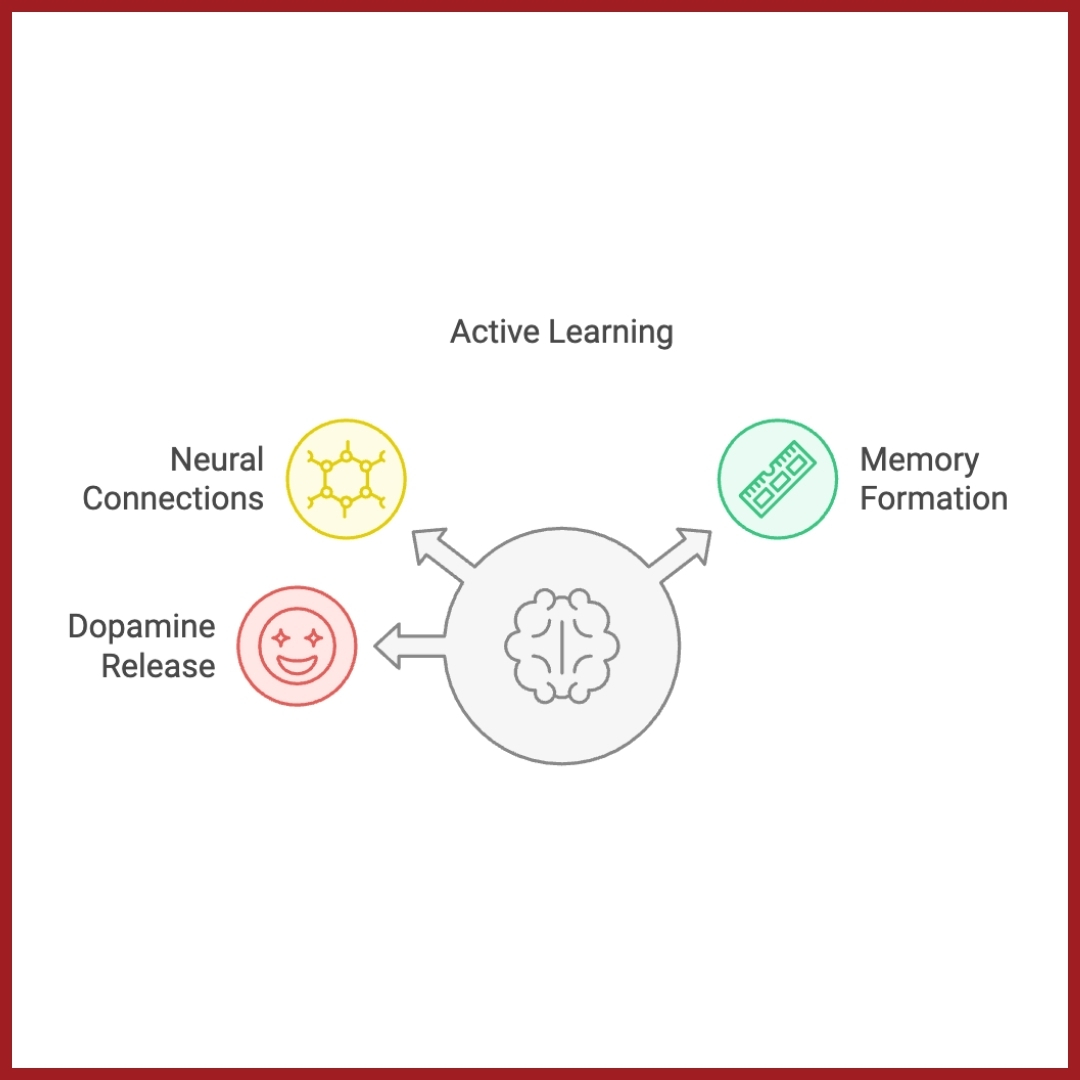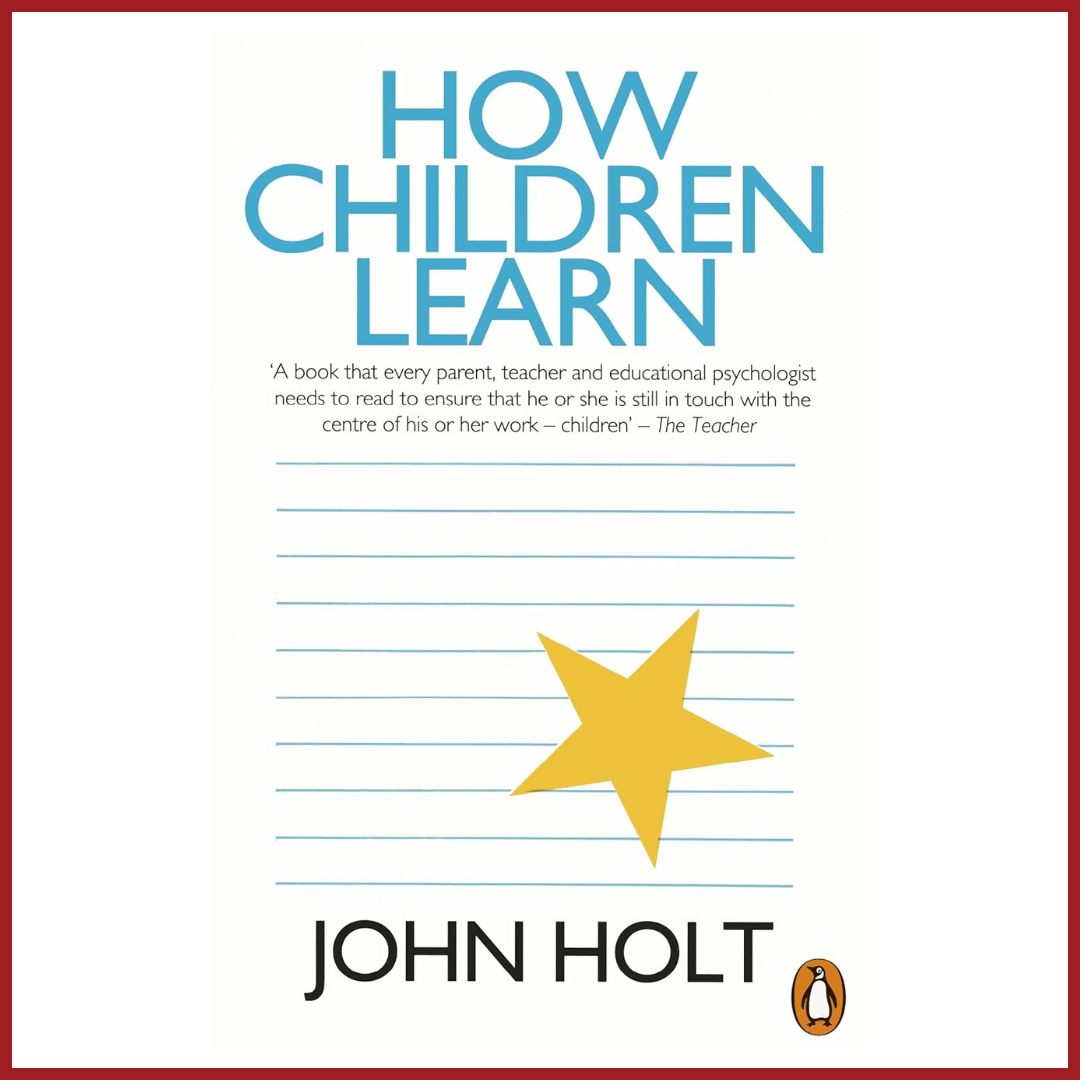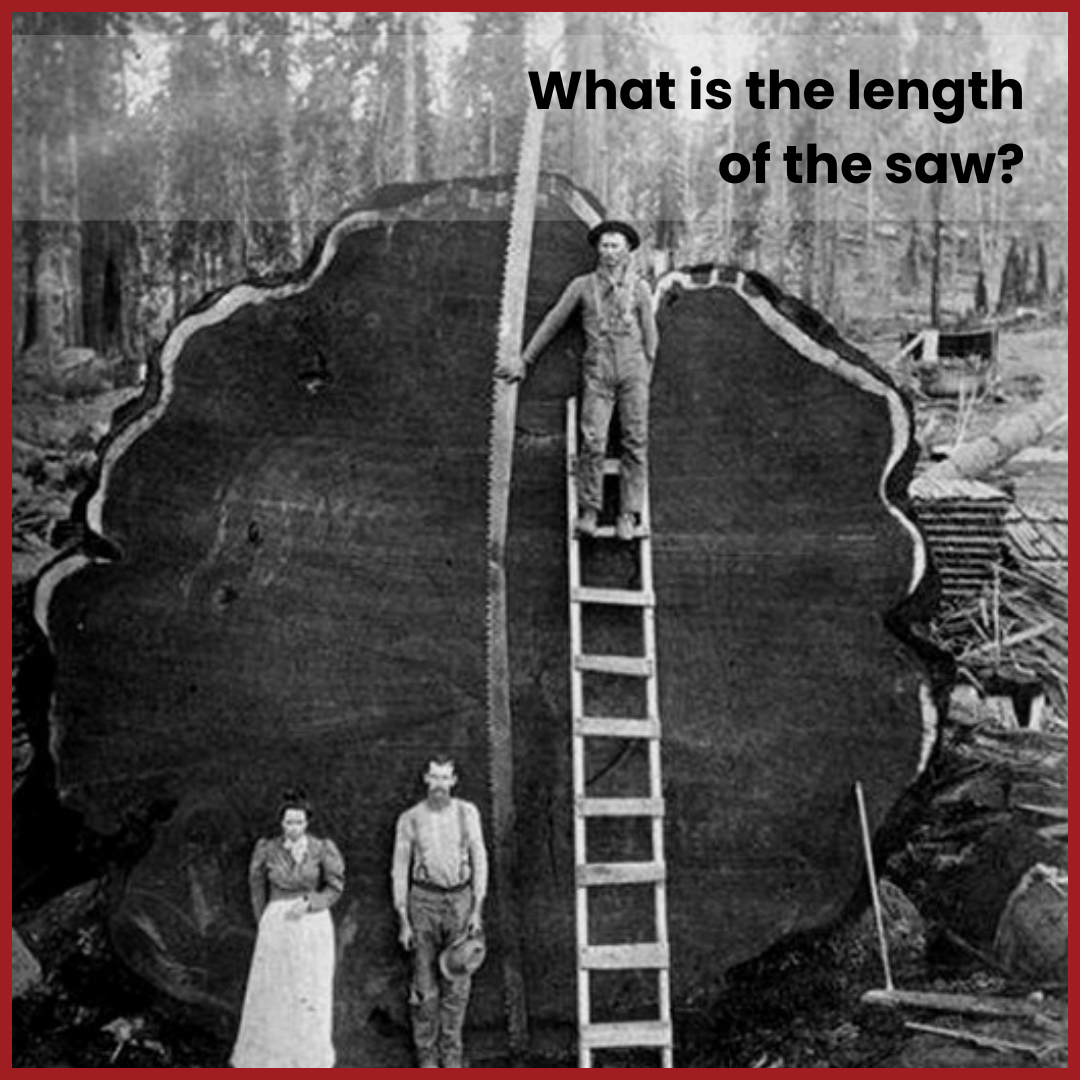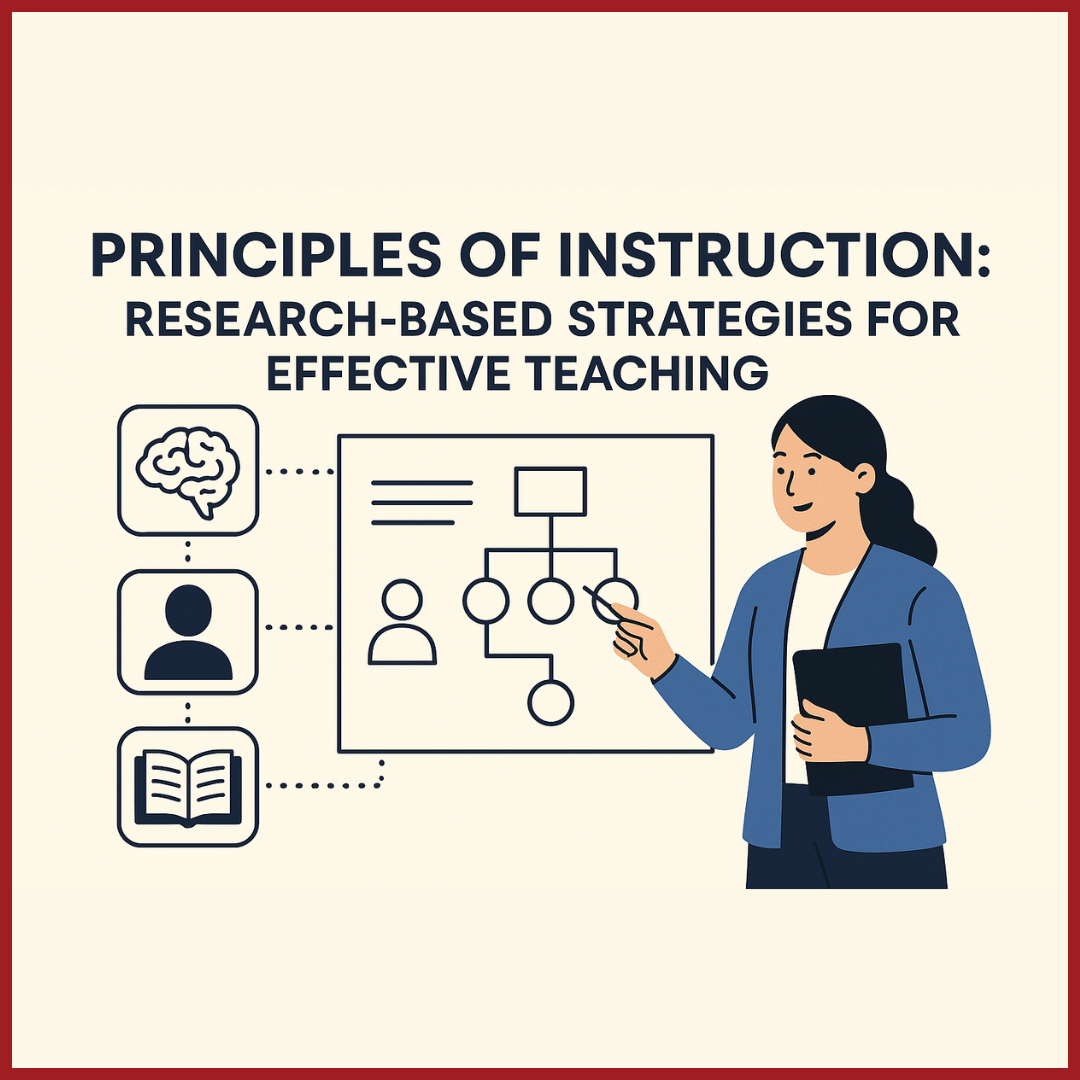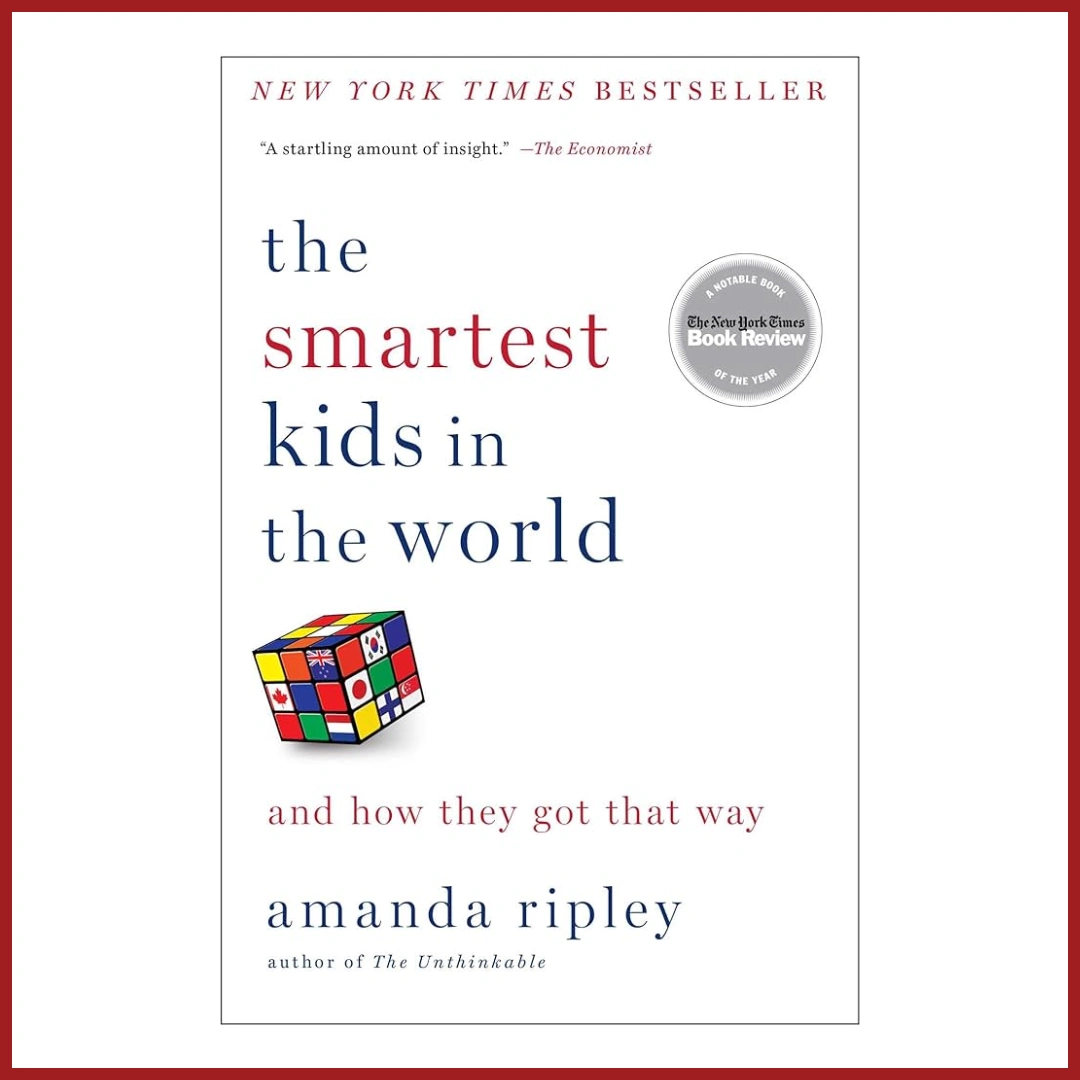Edition 04 | April 2025
From Learning Data to Classroom Instruction
Explore how data-driven insights can transform teaching by addressing misconceptions and fostering deeper understanding.
The picture shows a few people standing with a tree they have cut using a saw.
Q. What is the length of the saw?
A. about 10 feet
B. about 18 feet
C. about 30 feet
D. (Cannot say anything without knowing the height of the tree.)
Correct answer: Option B
Most Common wrong answer: Option D
B. about 18 feet
C. about 30 feet
D. (Cannot say anything without knowing the height of the tree.)
Correct answer: Option B
Most Common wrong answer: Option D
National Performance
What is the Question Testing?
This question tests students’ ability to estimate the length of an unknown object using reference objects of known approximate lengths. The image provides a visual clue through the people standing next to the saw, enabling students to compare relative sizes and approximate the saw’s length. Students are expected to use proportional reasoning and estimation skills to determine the most plausible answer.
What is the Most Common Wrong Answer and Possible Misconception?
- Most Common Wrong Answer: Option D
- Percentage of Students Choosing Option D: 44%
Distractor Explanation (Option D and Other Choices):
Error Type: Misinterpretation due to a lack of application of the concept of estimation.
Reasoning: Students choosing this option may not have realised that the height of the people in the picture can be used as a reference to estimate the height of the saw. They may have assumed that the tree’s original height was needed to determine the saw’s length, missing the crucial comparison between objects in the image.
Reasoning: Students selecting Option A might have attempted to estimate but misjudged the relative height of the saw compared to the people standing next to it. They may have underestimated the total height by not considering the proper scale.
Reasoning: Students choosing Option C likely understood that they should compare the height of the people to the saw but may have incorrectly estimated the height of the people in the picture, leading them to overestimate the total height of the saw.
What Will Happen if Children Do Not Develop This Concept Adequately?
Impact on Understanding of Measurement & Estimation: If students struggle with estimating lengths using reference objects, they may find it difficult to make quick, practical judgments in real-world situations. This could lead to difficulty in subjects like geometry, physics, and everyday activities such as estimating distances, choosing appropriate unit conversions, or understanding scale in maps and diagrams.
Further Implications: Without developing this skill, students might frequently make incorrect estimations, leading to misunderstandings in exams and real-life scenarios. Their ability to use proportional reasoning in math and science could also be hindered.
Further Implications: Without developing this skill, students might frequently make incorrect estimations, leading to misunderstandings in exams and real-life scenarios. Their ability to use proportional reasoning in math and science could also be hindered.
How Should I Remediate This in My Class?
ProContextual Learning of Estimation & Proportions:
- Use real-life contexts such as comparing the height of classroom objects, buildings, or sports equipment to known references.
- Conduct visual exercises where students practice estimating objects of varying sizes using reference objects.
Teach Logical Estimation Techniques:
- Encourage students to break objects into smaller, familiar units. In this case, they could approximate the saw’s length in multiples of the person’s estimated height.
- Teach them to identify scaling errors (e.g., overestimation and underestimation) and how to refine their guesses.
Address Specific Errors (Options A and D):
- For Option A, clarify that the saw’s length is much greater than a single person’s height and guide students in using a stepwise comparison.
- For Option D, explain that the total height of the tree is not necessary to determine the length of the saw. Emphasise that students should focus on the objects available for comparison in the image.
By developing estimation and proportional reasoning skills, students can significantly improve their ability to analyse and compare objects both in mathematical problems and everyday life scenarios. Visual learning and hands-on exercises can further reinforce this skill, leading to better comprehension and application.
Enjoyed the read? Spread the word
Interested in being featured in our newsletter?
Check out the latest edition here.
Feature Articles
Join Our Newsletter
Your monthly dose of education insights and innovations delivered to your inbox!
powered by Advanced iFrame

